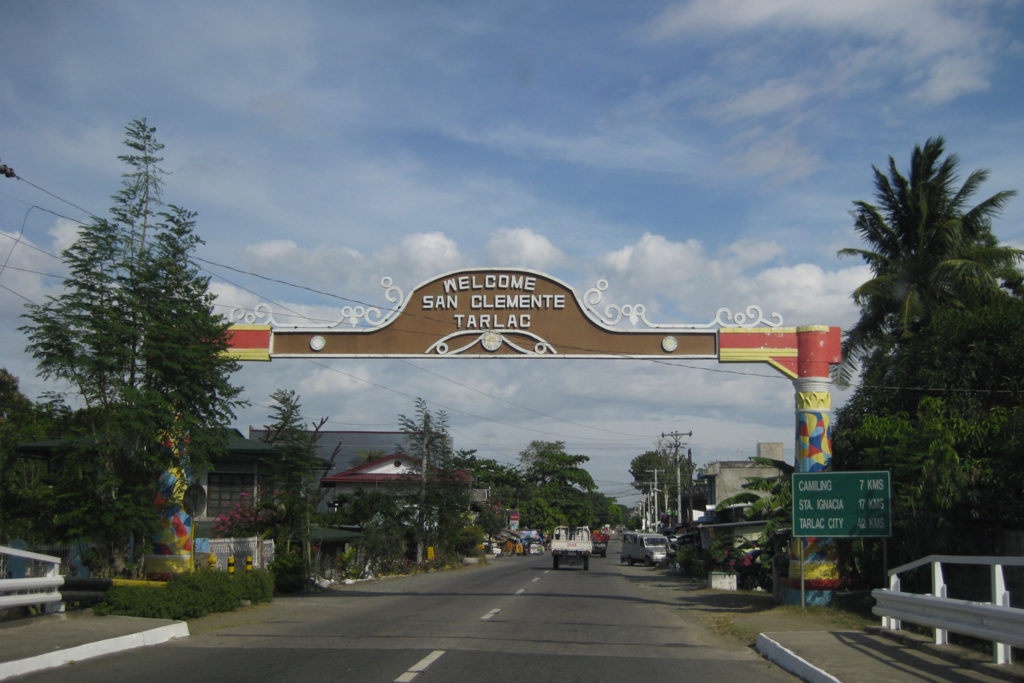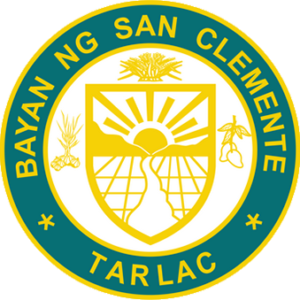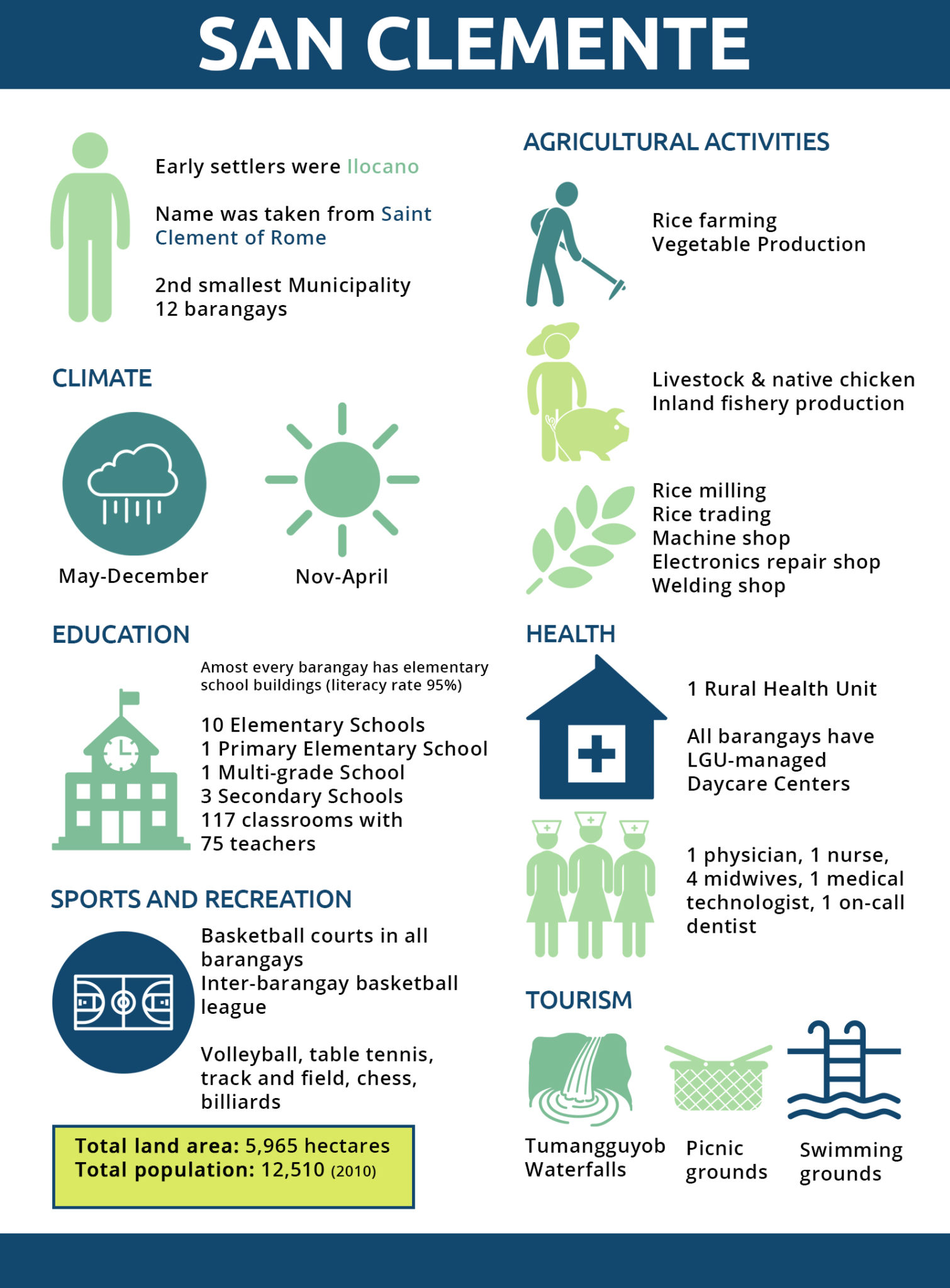The Municipality of San Clemente is the 2nd smallest municipality of the Province of Tarlac. In terms of geographic size and appearance, it is a narrow or elongated municipality with a total land area of 5,965 hectares representing 2.14% of the total land area of the province. The municipality is located at the westernmost part of Tarlac and it is bounded by the municipalities: Camiling (Tarlac) on the east, Mayantoc (Tarlac) on the south, Mangatarem (Pangasinan) on the west and Bayambang (Pangasinan) on the north The San Clemente lies within the longitude of 120°22’ E and latitude 15°43’ N. See figure 1. Location Map of San Clemente.
The San Clemente is a 35 km long municipality with a width of 4 kilometer spread. A national road (Romulo Highway) traverses the municipality going to the Province of Pangasinan. The Northern part is marshy rice lands while the southern part are typically rolling hills with forest cover extending into the foot of the Zambales Mountain Ranges



